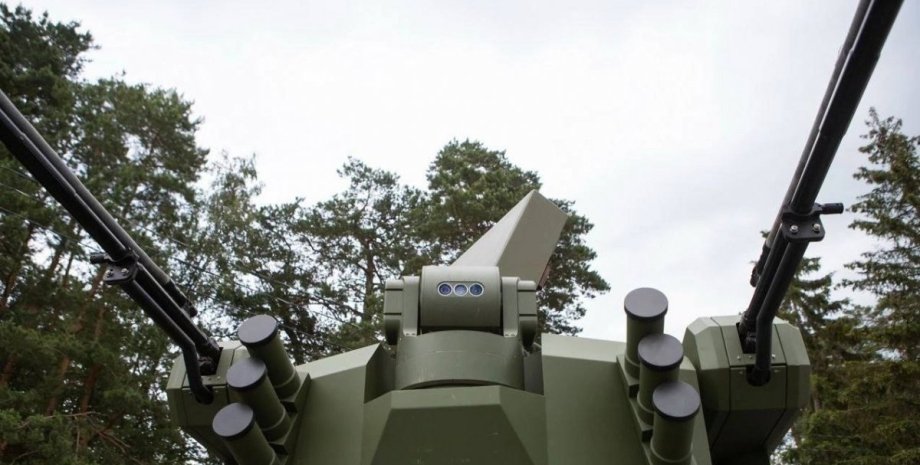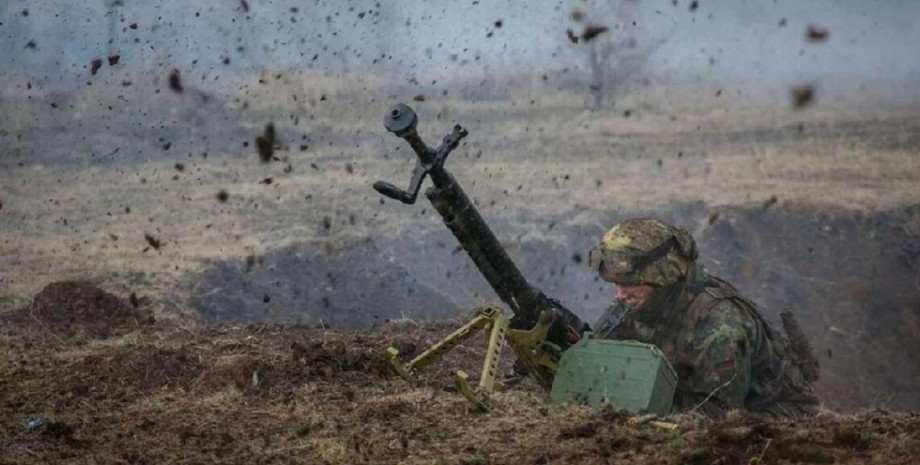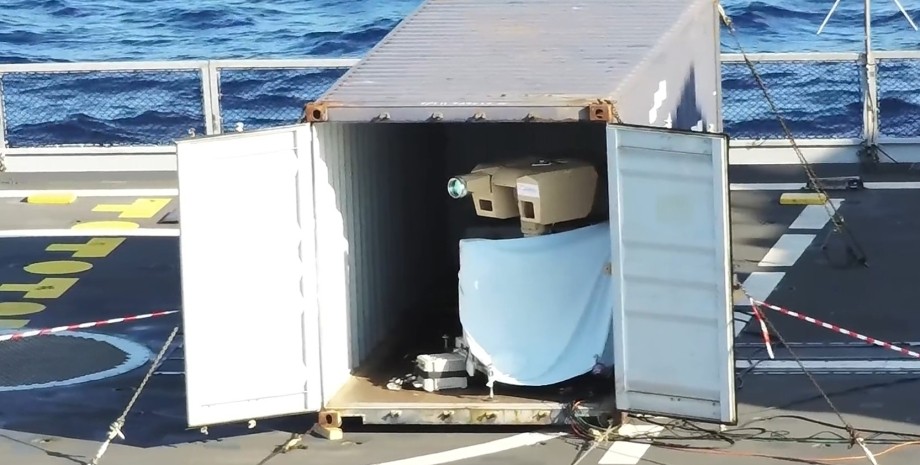
 By Eliza Popova
By Eliza Popova
The authorities of Finland, Estonia and Germany closed access to the sunken ship after the disaster, which enabled the Russian Federation to set up a spy base there. This is stated in a joint investigation by the German publications WDR, NDR and Süddeutsche Zeitung, based on information from sources in the NATO security services. The ferry "Estonia" was wrecked in September 1994 during a storm on its way from Tallinn to Stockholm.
Of the 989 people on board (803 passengers and 186 crew members), 137 people (94 passengers and 43 crew members) were rescued. At the same time, 757 people (651 passengers and 106 crew members) went missing, and 95 dead people (58 passengers and 37 crew members) were identified. 852 dead (including the missing) were citizens of 17 states.
Since the area of the Estonia crash is closed, thanks to this restriction, Russian intelligence services are believed to have placed on the sunken vessel underwater devices that control drones and underwater robots, and are also able to pick up the acoustic signatures of NATO warships and submarines. These signatures help identify vessels by the unique sound characteristics of their engines and propellers, the investigation says.
In Western intelligence, it is believed that the Main Directorate of Deep Sea Research (GUD) of the Russian Federation is responsible for such operations. This secret unit, which reports directly to the Ministry of Defense of the Russian Federation, specializes in underwater espionage, sabotage and intelligence. GUGI has at its disposal a fleet of specialized vessels, officially called research vessels, equipped with various equipment.
This so-called "academic fleet" also includes the ship "Yantar", which in recent years has sailed over underwater infrastructure in the North and Baltic seas quite often and is considered one of the most important Russian reconnaissance vessels in NATO circles. Earlier this year, British warships escorted the Yantar while it was allegedly conducting "research" off the coast of Great Britain.
NATO suggests that Russia uses not only supposed research vessels such as the Yantar to host such spying equipment, but also submarines, civilian vessels such as fishing or cargo vessels, and increasingly unmanned underwater vehicles. The location of the sunken ship in the Baltic Sea between Sweden, Finland and the Baltic states, according to a number of military officials involved in the discussions, is ideal for covert intelligence gathering due to the presence of sea lanes.
In addition, Russia can operate there without hindrance, since there is an official ban on diving works. Another advantage is that, unlike the sandy bottom of the Baltic Sea, the equipment installed on a sunken boat is practically invisible and can be installed permanently.
The Ministry of Foreign Affairs of Estonia said that, together with its allies, it is closely monitoring the development of events in the Baltic Sea, noting that Russia has become more aggressive since the start of a full-scale war against Ukraine. The Finnish Border Guard Service, which is responsible for the area, said it does not publish information about possible surveillance measures for operational reasons.
However, Finland has a complete understanding of the activities of Russian intelligence in its country. In the period from 2021 to 2024, the regime of special protection of the sunken vessel was suspended for the investigation of new evidence related to the death of the "Estonia". The Russian government did not respond to a request for comment.
It will be recalled that Norwegian Defense Minister Tore Sandvik said that Russia has become more active on the Kola Peninsula because Putin is trying to take control of the Arctic region in order to block shipping routes to NATO allies in the event of a war in Europe. And Russia is stockpiling tanks for a breakthrough into Europe. Yehor Chernev, deputy chairman of the Council's committee on national security, is confident of this.










All rights reserved IN-Ukraine.info - 2022